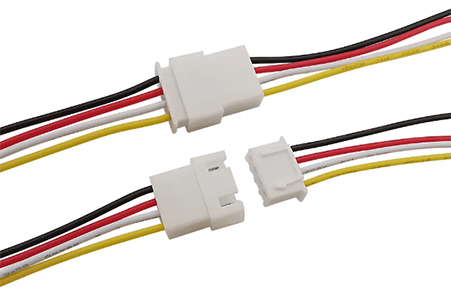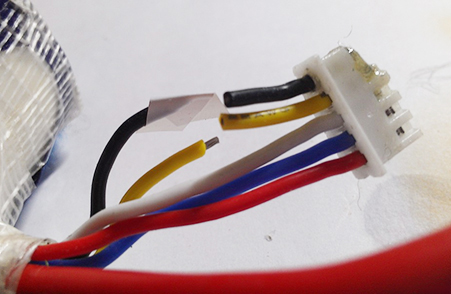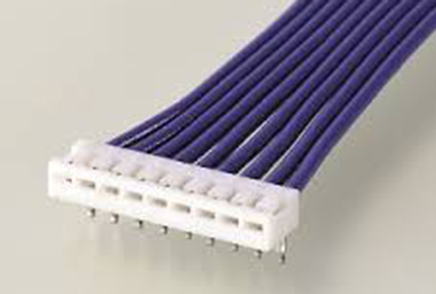How do I identify an automotive connector

As technology advances, the devices we use are more complex. It is particularly true for cars, where there are a variety of complex systems working together to make your vehicle run smoothly. One essential piece of these systems is the automotive connector. A connector is a device that links various components of a car’s electrical system, and identifying one can be tricky. Here’s how you can do it.
First, it’s important to know what an automotive connector looks like. Most connectors are made of plastic, although some higher-end models may be crafted of metal. They tend to be relatively small, usually an inch in length, and are designed to fit snugly into the parts they are meant to connect. Automotive connectors have a variety of shapes, such as circular and rectangular, but they will have identifiable patterns of pins or terminals that will help you to distinguish them.
Once you have identified a connector, be sure to take note of its shape. The shape of the connector is often a key indication of how it fits into the car’s electrical system. For example, if the connector is circular, it likely connects to a rotating component. If it is rectangular, it may connect to a fixed element in the system. This information can be particularly useful when troubleshooting issues within the electrical system.
Another useful approach to identifying a connector is to examine the wires it connects. Take note of the color of these wires, as it can be an easy way to identify where the connector fits into the overall system. Car manufacturers have color-coded their wires to indicate the purpose of each wire. For instance, brown wires typically indicate the ground, while green wires are often used for sensors.
If you are still unsure of what type of connector you are working with, you can consult the manufacturer’s manual or reach out to a certified mechanic. They will have more experience in identifying and working with automotive connectors, and may be able to offer you more specific advice.
In conclusion, identifying an automotive connector requires careful attention to detail, an understanding of the electrical system, and the ability to identify its unique features. By taking note of the connector’s shape, examining the wires it connects, and consulting experts when needed, you can ensure that you are able to work with your car’s electrical system effectively.




